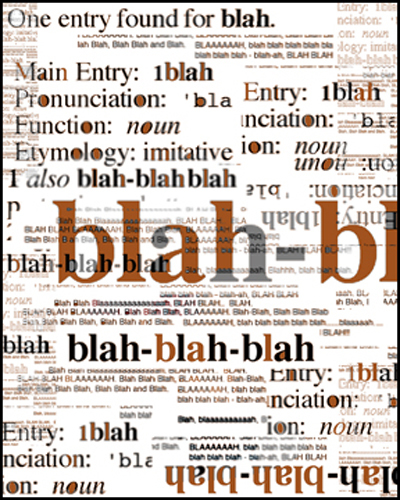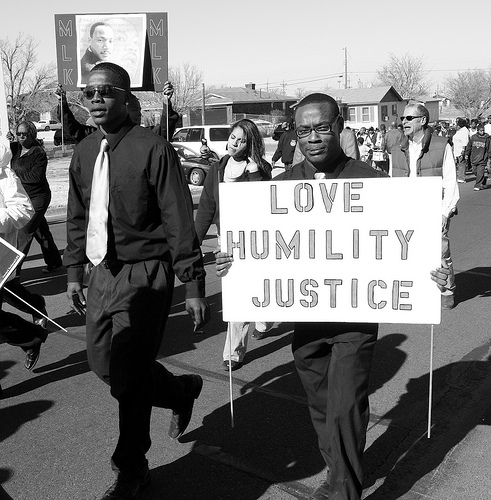People are pissed.
At government, that is.
A bit crudely put, but that’s the latest from Andy Kohut and the folks at Pew Research. According to the USAToday story, some 56% of us are frustrated. About one in five were just plain mad.
Pew called it the highest anger-and-disgust level in a half-century of polling. It is due at least partially to the cumulative effect of political and institutional failure writ large.
Think of a whole nation of Howard Beale.
 I’ve got a theory on why. No, it is not the economy. Stock market is up. Unemployment is high but below double digits. Hey, I’m not saying it is great out there but we seem to be muddling through. Don’t think it is societal. Lots of electronic toys, lattes, and other ‘necessities’ out there that people seem to be still enjoying.
I’ve got a theory on why. No, it is not the economy. Stock market is up. Unemployment is high but below double digits. Hey, I’m not saying it is great out there but we seem to be muddling through. Don’t think it is societal. Lots of electronic toys, lattes, and other ‘necessities’ out there that people seem to be still enjoying.
I think the reason is a plethora of gobbledygook and a dearth of coherence.
We’ve always had gobbledygook. It flourishes in both the private and public sectors.
But we’re aflood with it today. It is everywhere. And with all the blogging, tweeting, Facebooking, and God knows what social media activity going on … it is a virtual tsunami of gobbledygook.
With that has come a loss of coherence. Coherence is as rare as liberal Republicans and conservative Democrats. People say and do things that simple don’t correspond to any framework of real world experience.
Case in point – Doug Schoen and Pat Caddell’s recent prescription for the Democrats on how to avoid defeat at the polls in November 2010. The article, “How the Democrats can avoid a November bloodbath,” is the latest in their attack on the Obama administration’s strategy on health care reform. Being pollsters, they rest much of their case on surveys. It’s ok. Not terribly compelling or deep. But ok. But when they get to the punchline, the whole thing begins to get whacky. Their prescription for winning in November? Here ya go …
Winning over swing voters will require a bold, new focus from the president and his party. They must adopt an agenda aimed at reducing the debt, with an emphasis on tax cuts, while implementing carefully crafted initiatives to stimulate and encourage job creation.
Yes that is right. To win in November we need to (a) reduce the deficit; AND (b) reduce taxes; AND (c) have a jobs program.
Sorta like telling someone deep in debt that they need to pay off their loans while taking a pay cut and buying (on credit) a shiny new hybrid.
Or telling a drunk that the way to sober up is to reduce your beer intake, increase your wine consumption, and buy a liquor store.
This, of course, is our problem in a nutshell — the idea that we can do three things that are IMPOSSIBLE to do simultaneously. Then when we actually follow the gobbledygook we find that it doesn’t work. So we gravitate to more … gobbledygook.
 But it is a value that I’d argue is at the heart of friendship and brand relationship. It is the connective tissue that allows a brand or an individual to bond with an individual or idea.
But it is a value that I’d argue is at the heart of friendship and brand relationship. It is the connective tissue that allows a brand or an individual to bond with an individual or idea. So yesterday I was on a day trip to New York. I took the 8 am shuttle from DCA to LGA. Caught the 7 pm back home. Fare to the city: $38. Fare back from the city to the LaGuardia: $30.
So yesterday I was on a day trip to New York. I took the 8 am shuttle from DCA to LGA. Caught the 7 pm back home. Fare to the city: $38. Fare back from the city to the LaGuardia: $30.